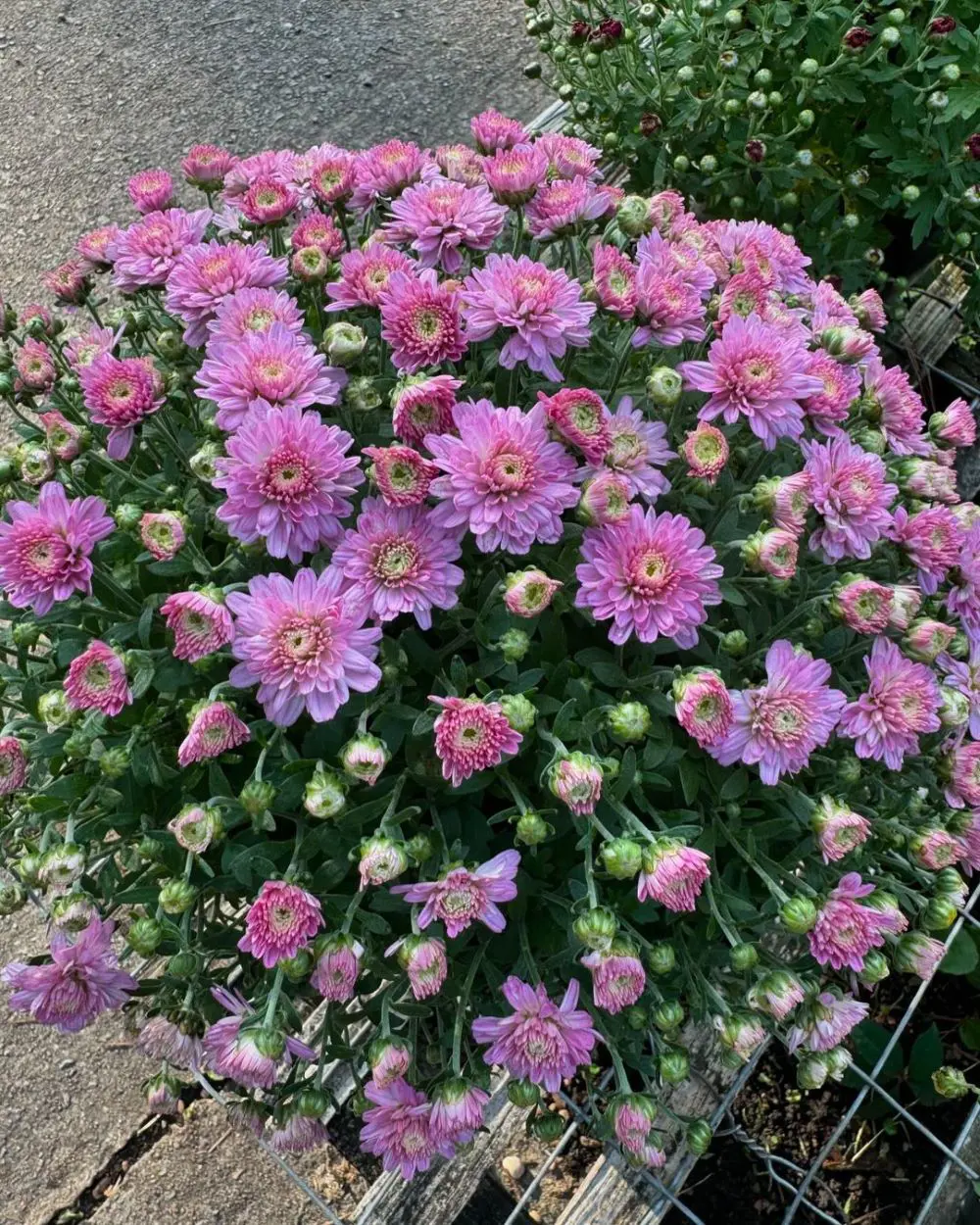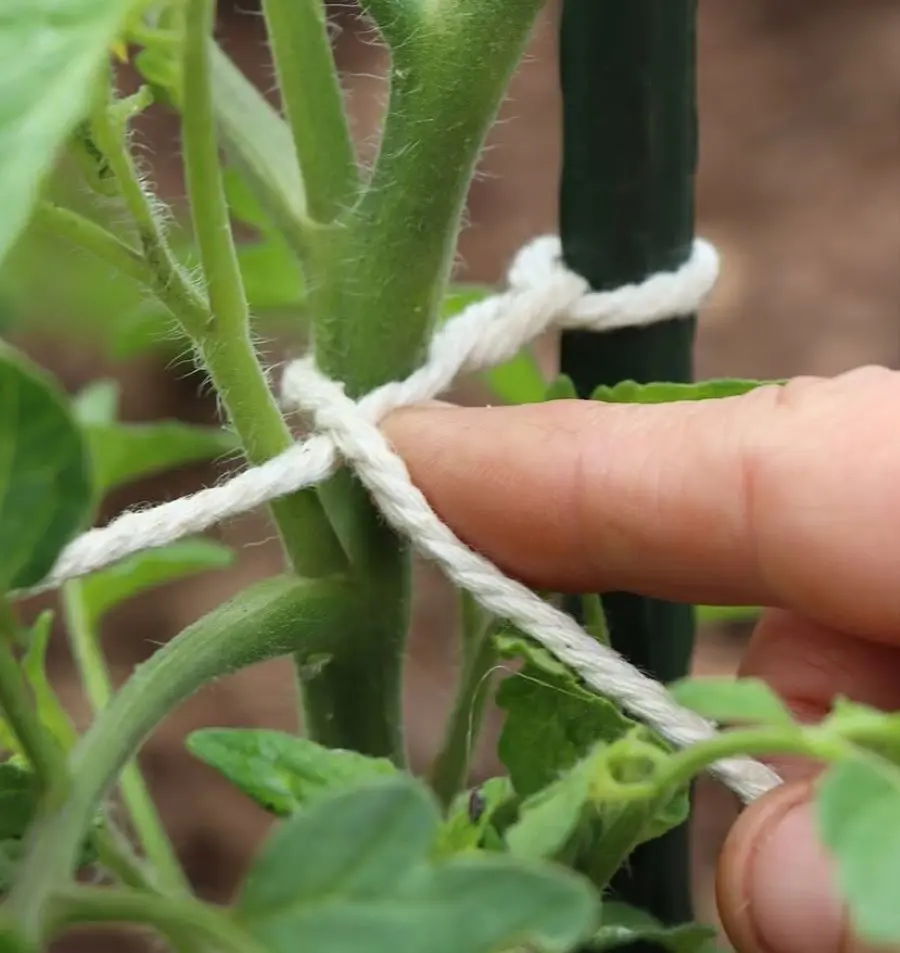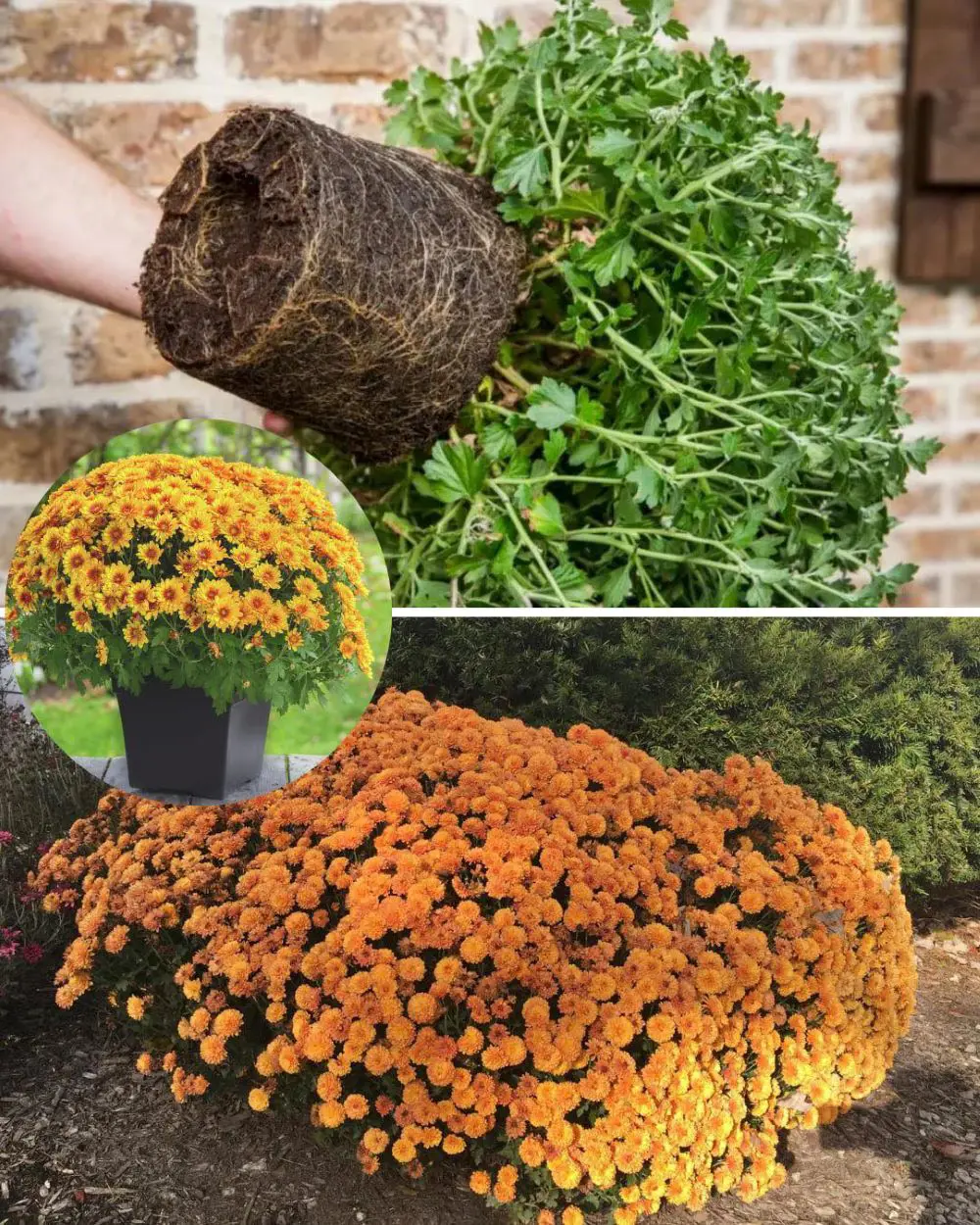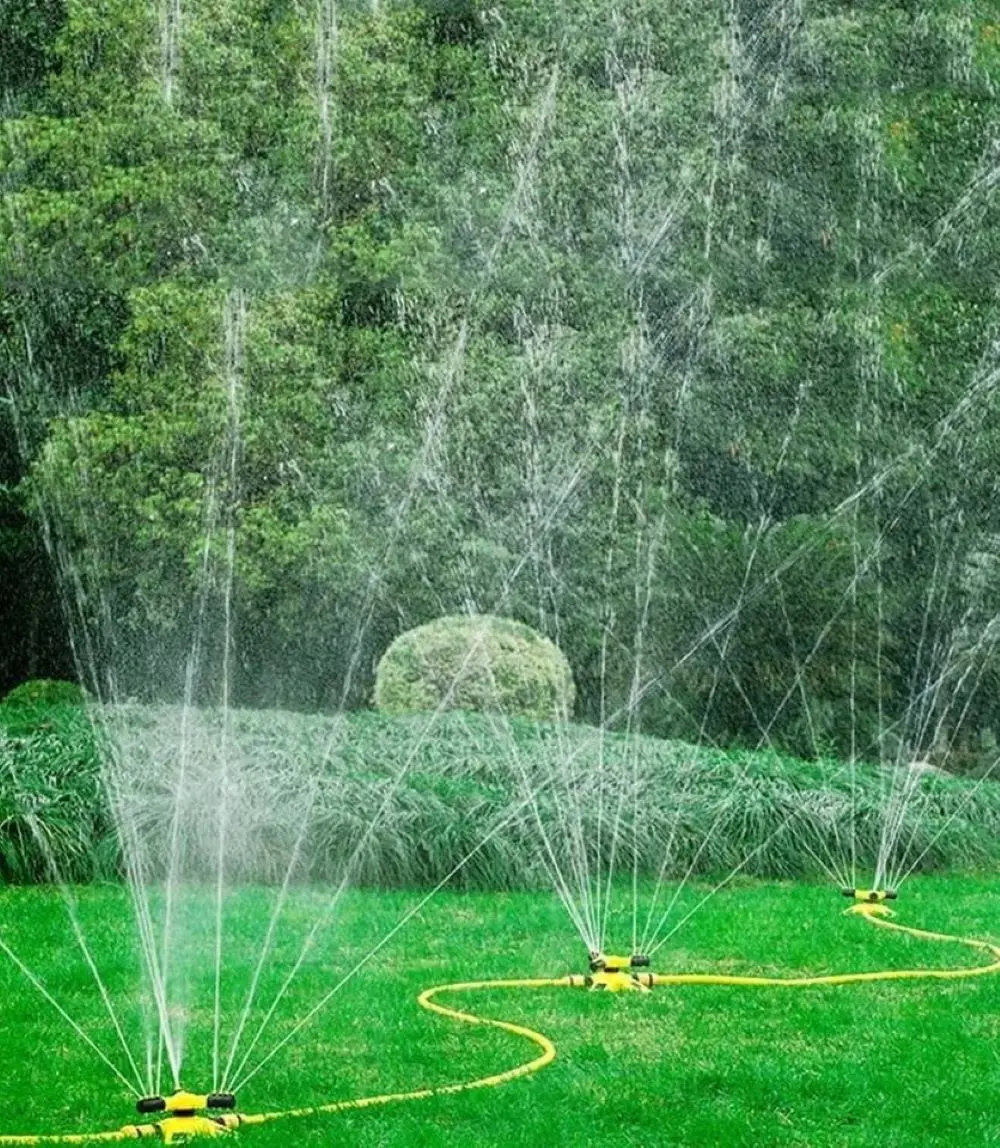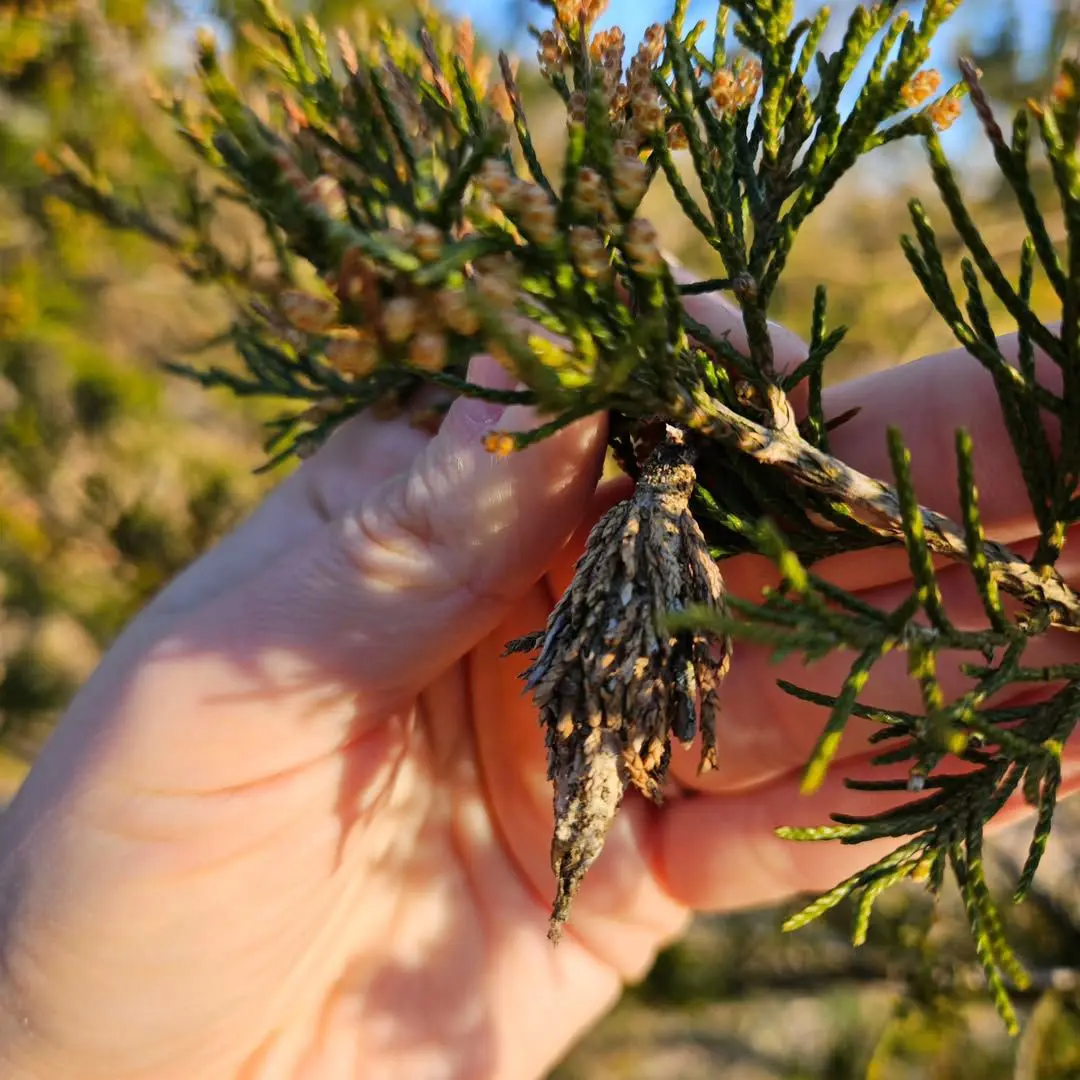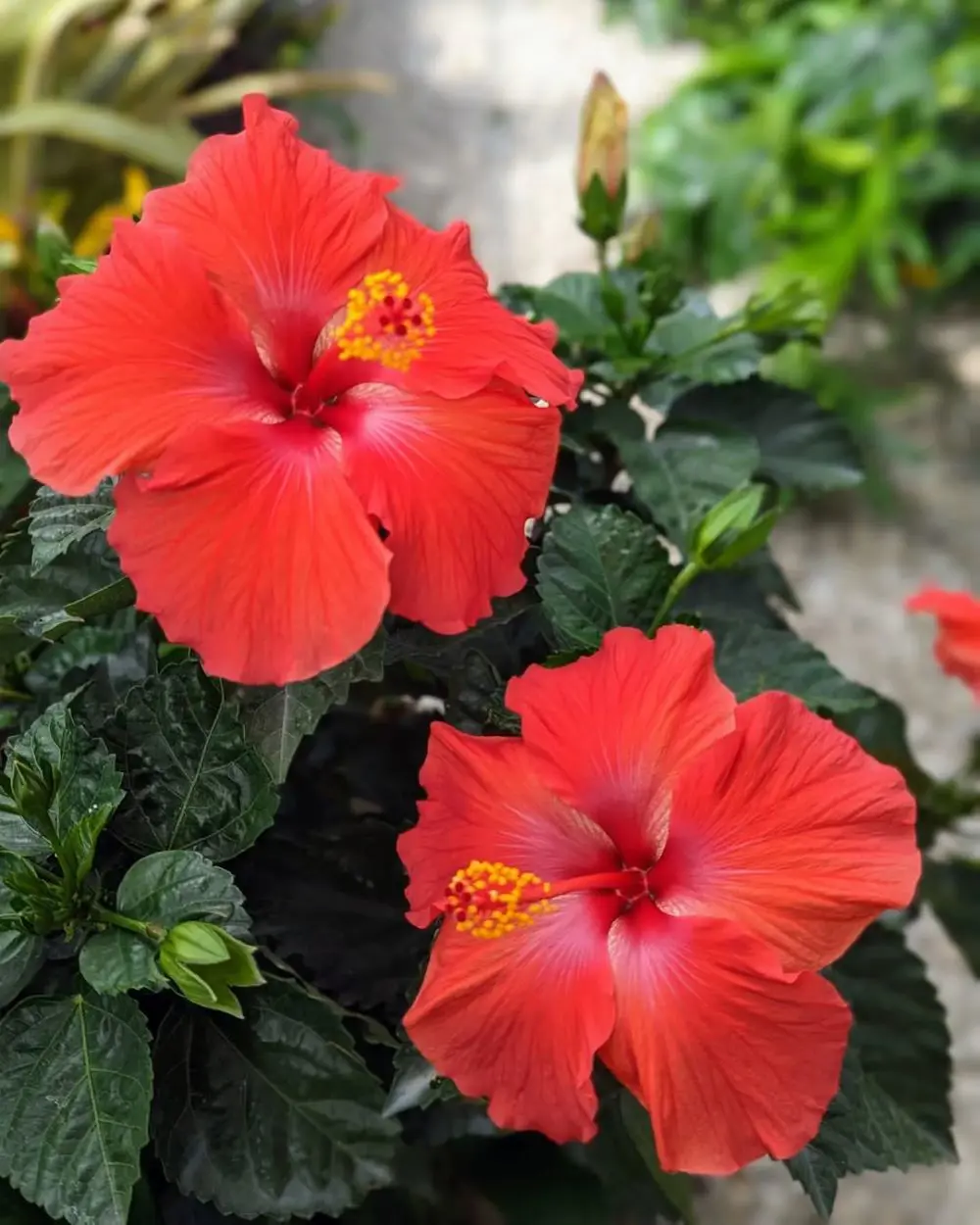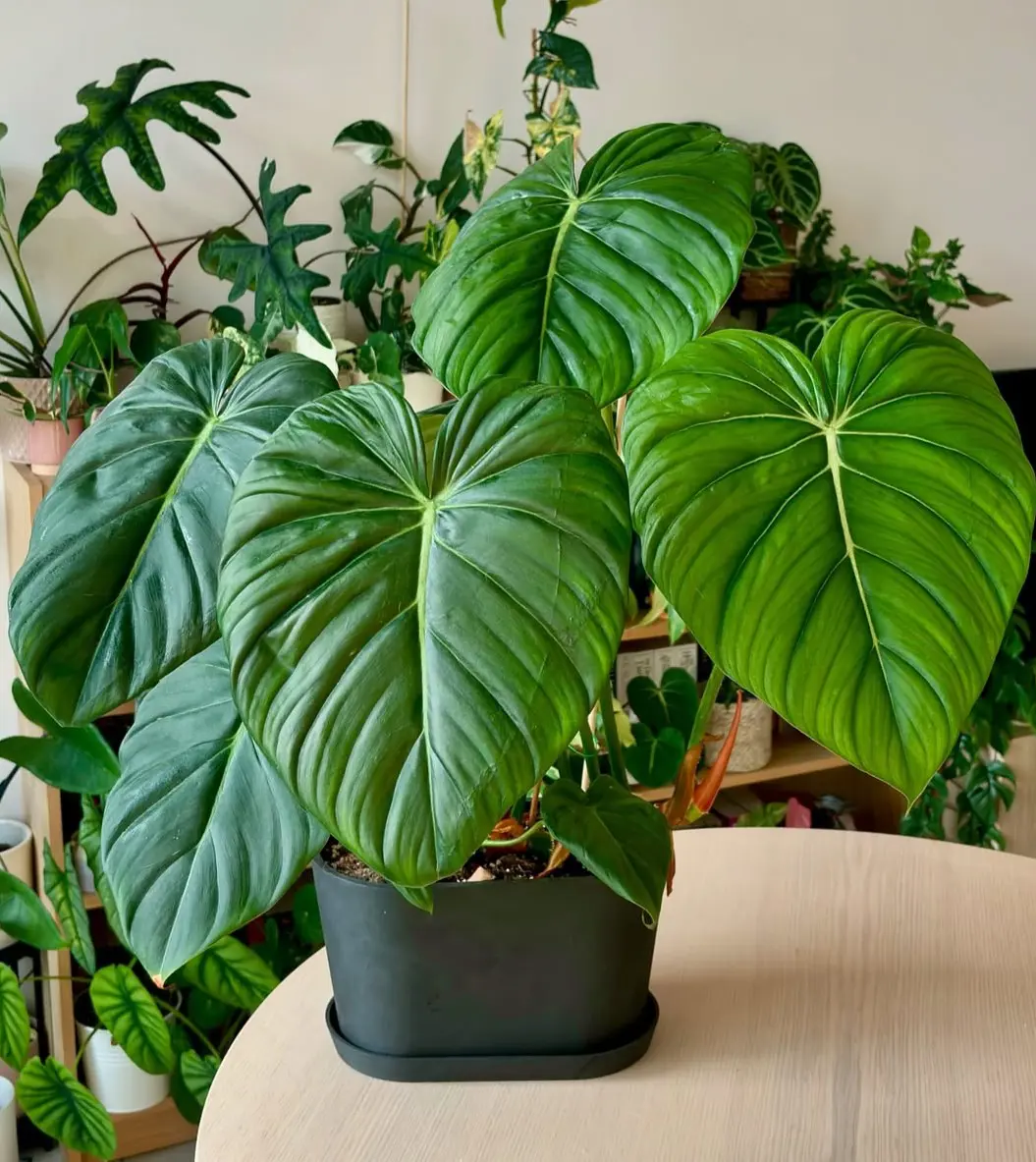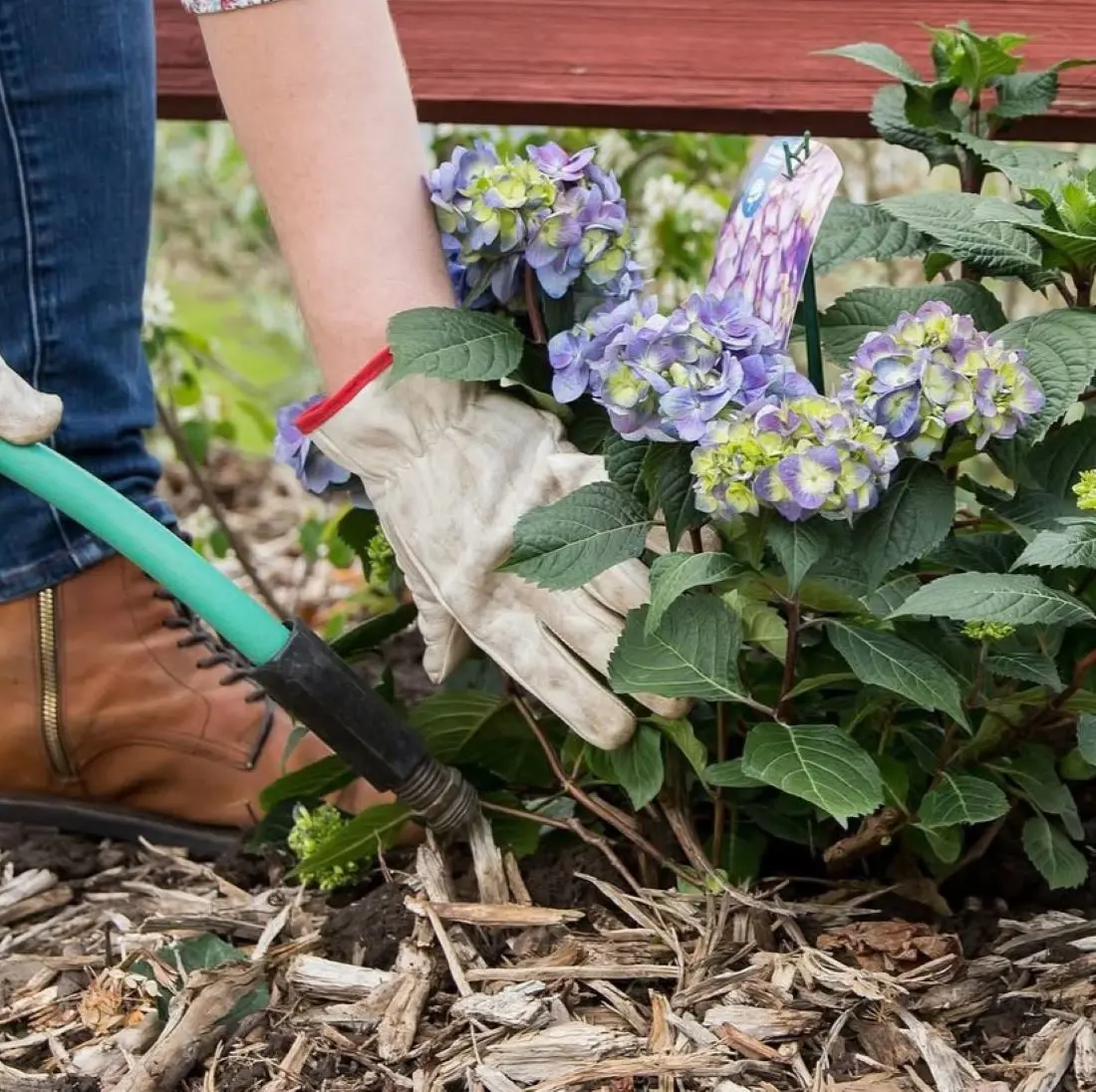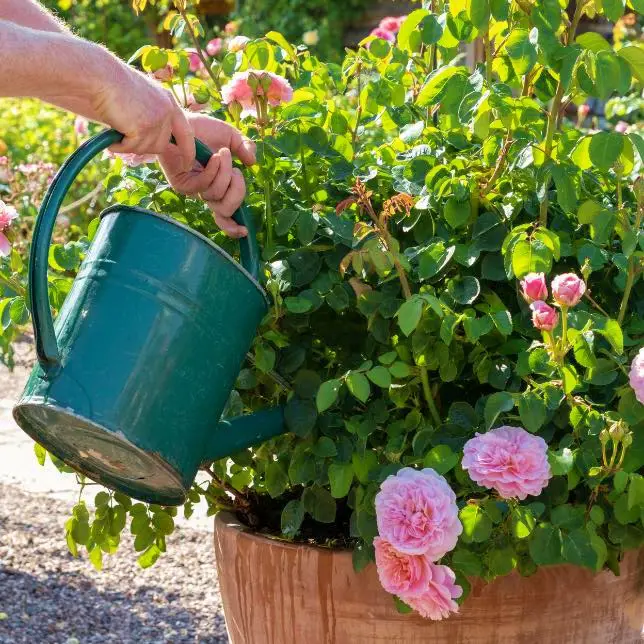Basic Mums Plant Care
Taking care of mums is relatively easy. These are the things all mums need to grow properly:
- Lots of Water
- Full Sun
- Well-draining soil
- Space to Grow
- Fertilizer
- Pinch for Early Blooms
- Pruning
- Deadheading
1. Water Adequately
Mums require a lot of irrigation because they are in direct sunlight. Unfortunately, it is difficult for these plants to get water because water can run off the side and stick to the stems and leaves.
Water does not reach the roots, leaving the plant moisture-starved. A simple solution is to hydrate the plant's root ball for 1 to 2 hours before planting. Avoid leaving the mums in the water too long, as they need just the right amount of water for a long life.
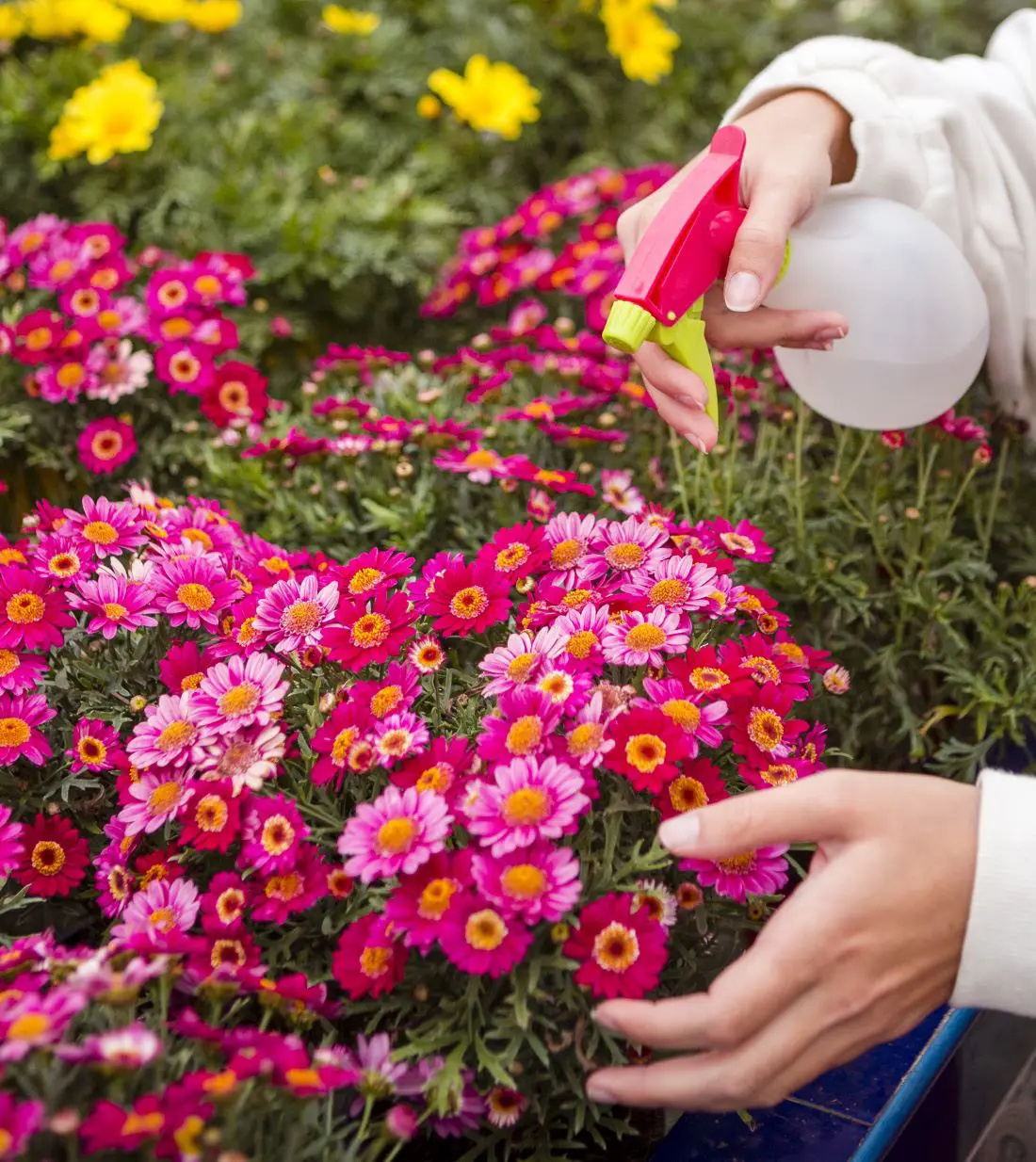
Once the mums are planted, water daily in the evening. Watering them in the mornings doesn't give the soil adequate time to soak up the moisture before the sun rises and dries it up.
2. Give the Mums Full Sun
Mums are a fussy plant in general. A little too much or not quite enough of a good thing, like sunlight, never sits well with these flowers. That is why mums are photoperiodic, which means they blossom when they receive just the right hours of light. Indoor mums do best with bright, indirect light.
Meanwhile, mums grown outdoors need full sunlight or at least 6 hours of bright light a day. However, you don’t have to adhere to this strictly. If you live in a hot region like Texas, full sun may cause your plants to shrivel. The mums should receive sun with a little bit of shade, especially at noon.
3. Well Draining Soil
Whether in pots or the landscape, mums are happiest in rich, well-drained soil. They love water but don’t want it for too long as it could cause root rot and other issues. Any good-quality potting mix designed for container plants should do the trick in containers.
In gardens, mums prefer soil rich in organic matter, so add compost or other organic material to give your plants the best shot at being healthy plants. Do not plant your mums in clay soils, as they hold onto water.
4. Space to grow
Lastly, mums need room to grow. Chrysanthemum roots are shallow but spread out.
Overcrowding these plants by planting them too close prevents air circulation and sun penetration and hinders evaporation. These issues cause pests and diseases. So, if you intend to plant them in the garden, ensure they are 18 inches apart from other plants or mums.
5. Use Balanced Fertilizer
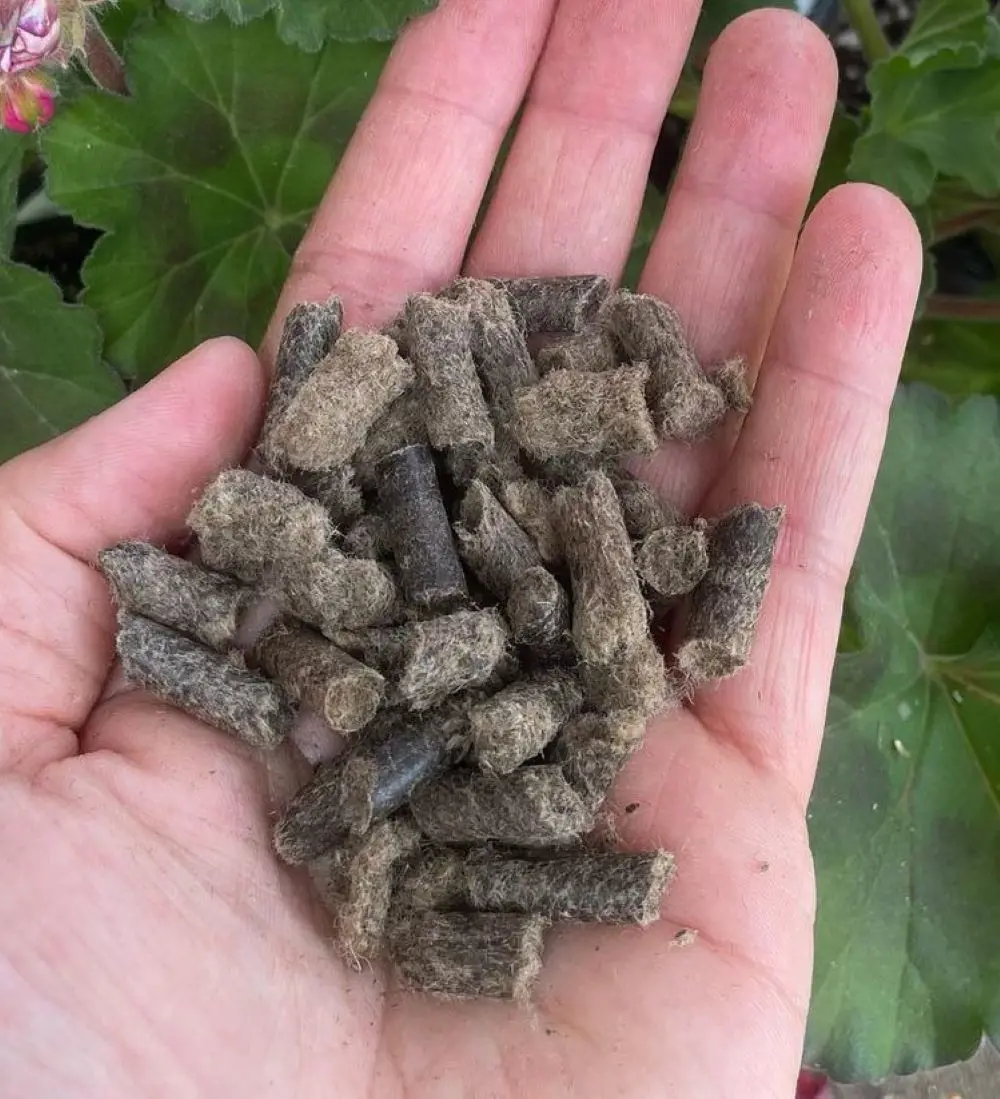
Mums also need feeding. However, this depends on whether they are in pots or outdoor gardens and the fertilizer you use. Outdoor mums in a well-kept organic garden may need composted fertilizers during planting and later in the season, a few weeks before they blossom. If you want big, bold, and beautiful blooms, apply fertilizer monthly during the active growing seasons.
Potted mums may need liquid fertilizer at least a month after the seedlings are planted, every month until the flower buds open. Slow-release fertilizers should be applied every six to eight weeks, starting at least a month after planting and stopping before they bloom.
6. Pinch Early Growth
The beautiful rounded domes of blooms that many love about mums don’t happen magically. The trick is well-timed pruning called pinching. Pinching refers to removing the stems’ growing tips to encourage more flowers. Most potted fall mums are already pinched. It is the young spring plants that need pinching.
Once the stems are about six inches tall, remove a couple of inches of the tip of a branch by nipping it between your thumb and forefinger until you get to the first set of leaves. Do this for all the stems or branches at least 6 inches every 2 to 4 weeks.
Each pinched stem will divide into two new ones, creating a dense, compact growth habit. This is not compulsory, though. You can leave your mums alone. They will look slightly sparse but still add color in late summer and fall.
7. Pruning
Caring for mums also requires pruning. Pruning prepares the mums for winter dormancy and new growth in the coming season.
Pruning in Late Fall
In late fall, after the flowers have faded and the first frost has killed most of the foliage, cut the stems down to about 4–6 inches above the soil level. Leave a short stub of the stems to protect the crown and ensure a new plant next year.
Remove all brown, mushy, or spotted stems that feel brittle, and dispose of the debris away from your garden. Stems that bend instead of snapping are not dead and may come back, so do not remove those.
Delaying the cleanup until spring in colder climates may provide extra winter protection. Do not prune your mums in the winter, as the plants will not recover for dormancy.
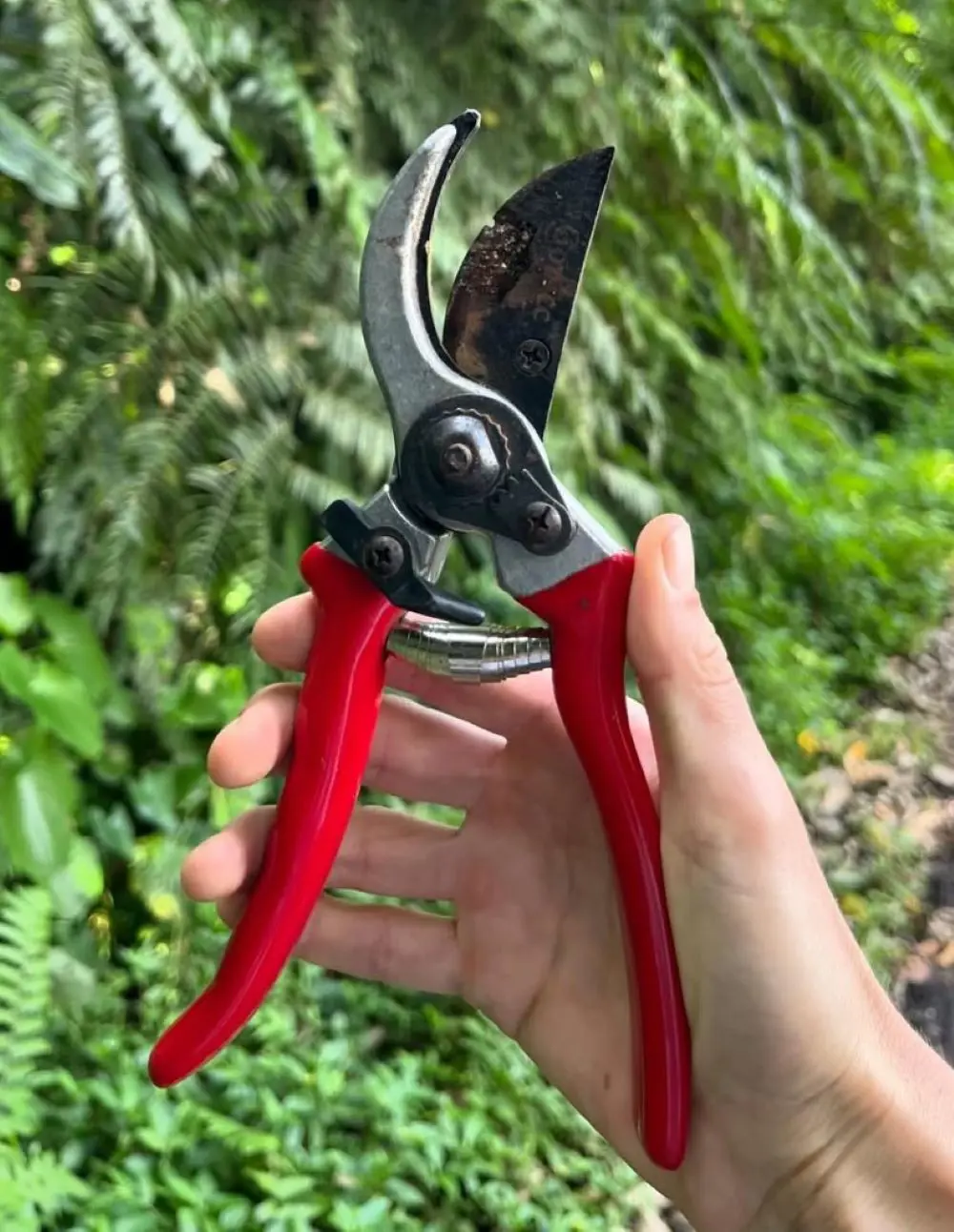
Pruning in Spring
After winter, it is imperative to clear away remnants and tidy up the plant to prepare your mums for the growing season. As soon as you feel the weather warming up and see new green growth emerging from the base of the plant, know that it's time to prune again. Inspect the plant for dead stems or untrimmed ones from fall.
Cut these stems down to ground level, avoiding any new green shoots. Also, rake away any mulch, leaves, or other debris around the base of the plant as they harbor pests, diseases, or fungi.
8. Deadheading
Deadheading mums can be tedious, thanks to abundant flowers. However, it may be well worth the effort when you realize your mums look prettier and seem to last longer. Note that this practice does not encourage new growth. It only supports the remaining flowers for a longer-lasting season.
To deadhead, clip all the faded flowers during the late summer and fall bloom period. This is when flowers begin to wither and lose their color.
Peak season may call for deadheading two or three times a week to make the process quick and easy. Do not trim the stems, though. They help protect the crown through winter. You can prune those stems in spring instead.
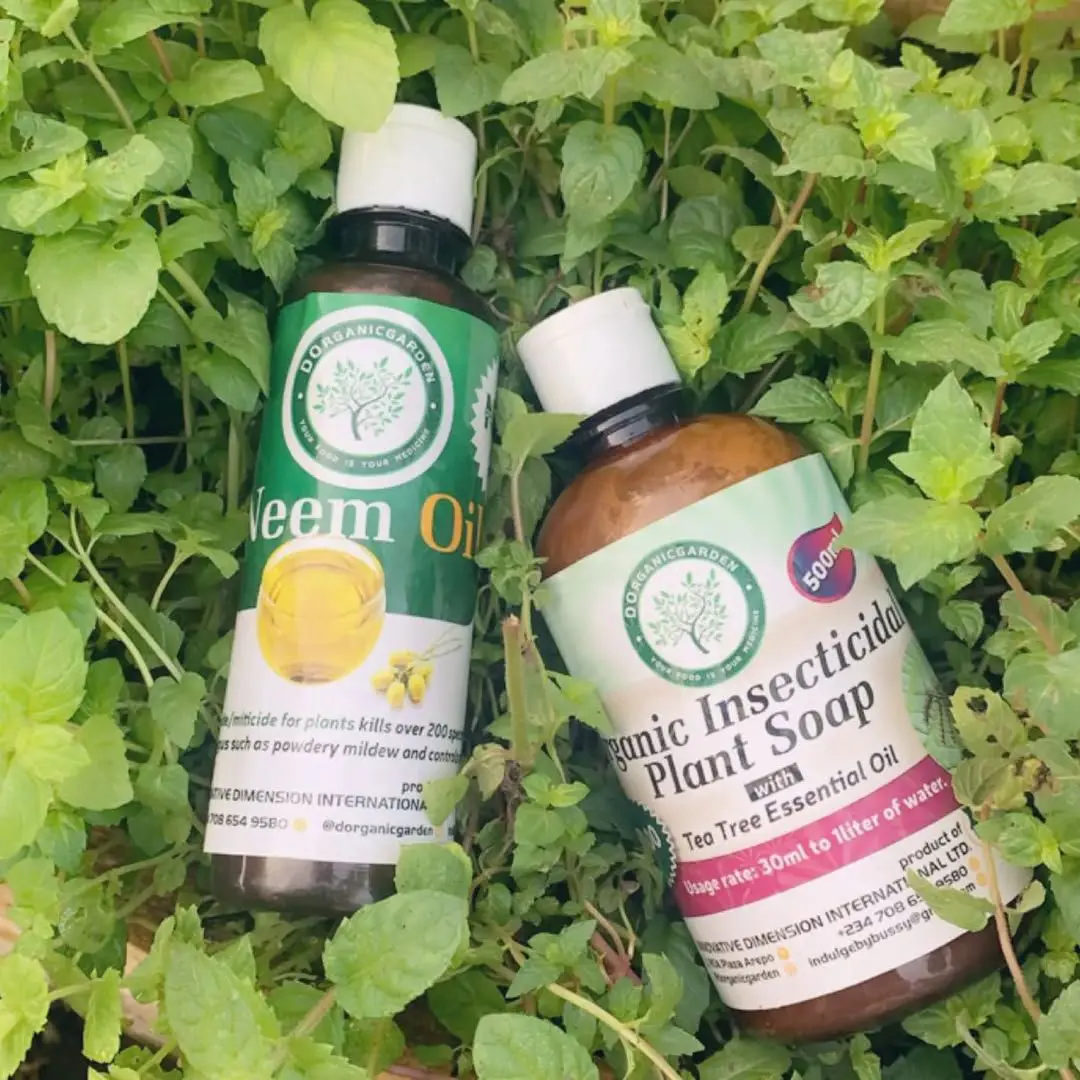
9. Pest and Disease Management
Fungal diseases, such as powdery mildew and rust, can affect mums. The fungi produce symptoms on affected plant parts in the form of whitish or grayish flour-like material on leaves. These diseases inhibit plant growth and cause leaf drop and poor flowering.
Excess humidity is required for the disease to spread. Thus, the best way to prevent it is to provide air circulation between stems by pruning. Fungi also cause rust, which manifests as orange, dusty spots on the underside of leaves. Infestation weakens the plant and affects flowering.
Remove affected leaves and plant the mums further apart to allow better air circulation. Water the soil and not the leaves and stems, and treat with fungicide.
